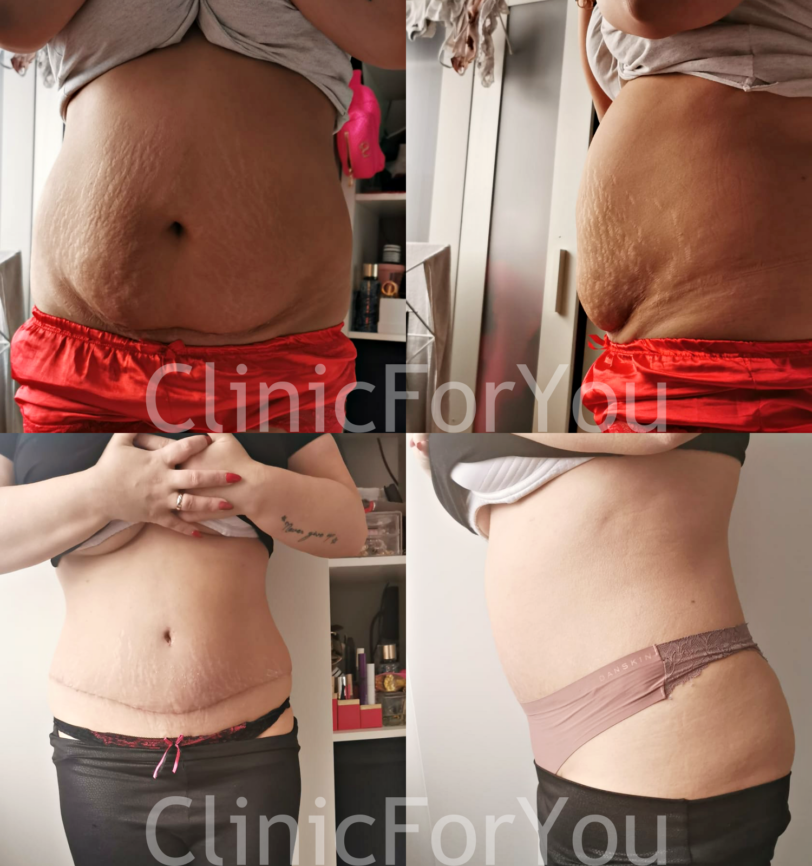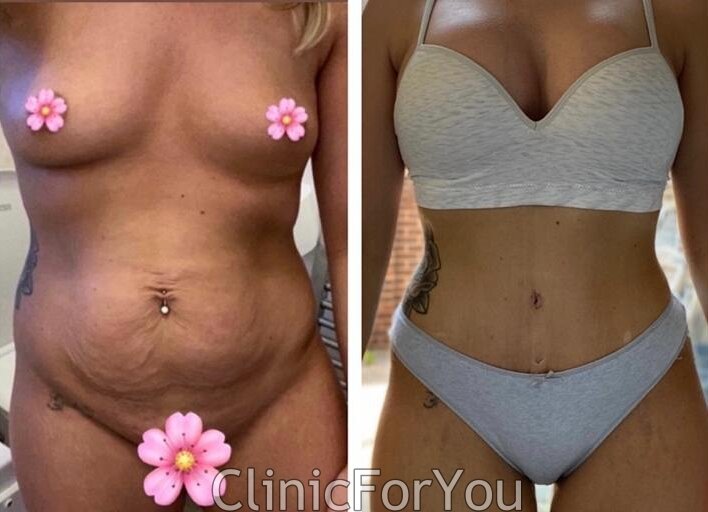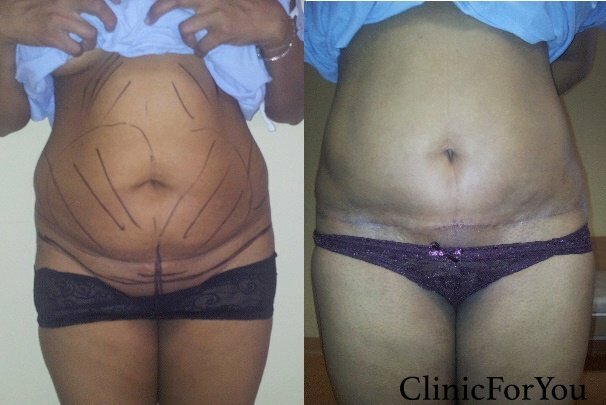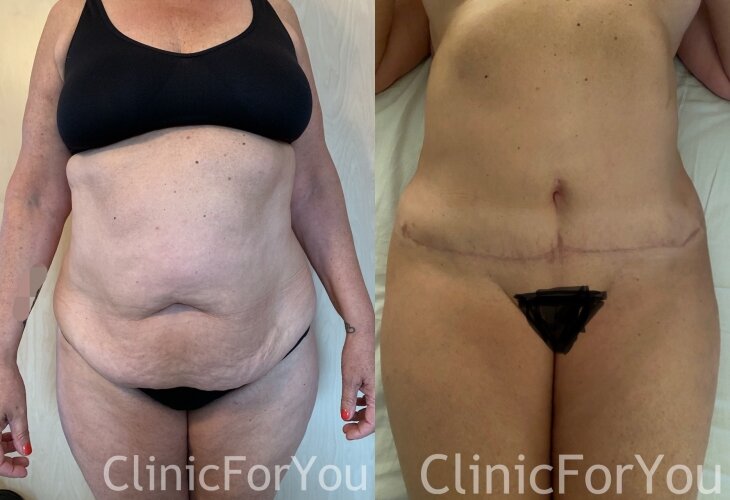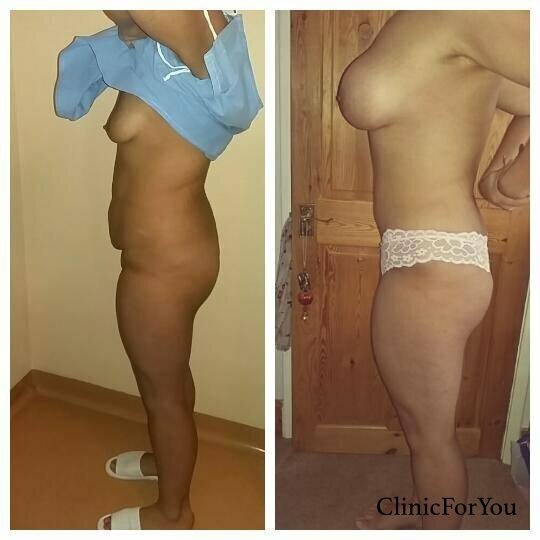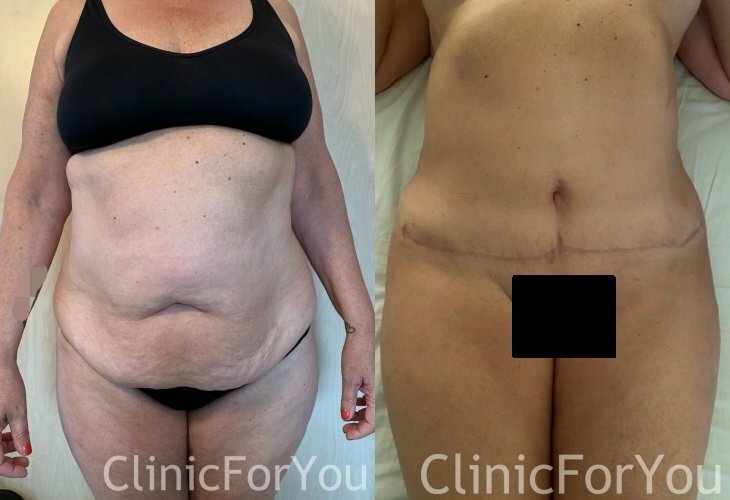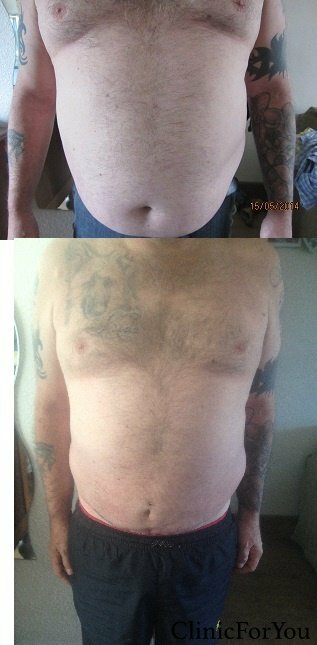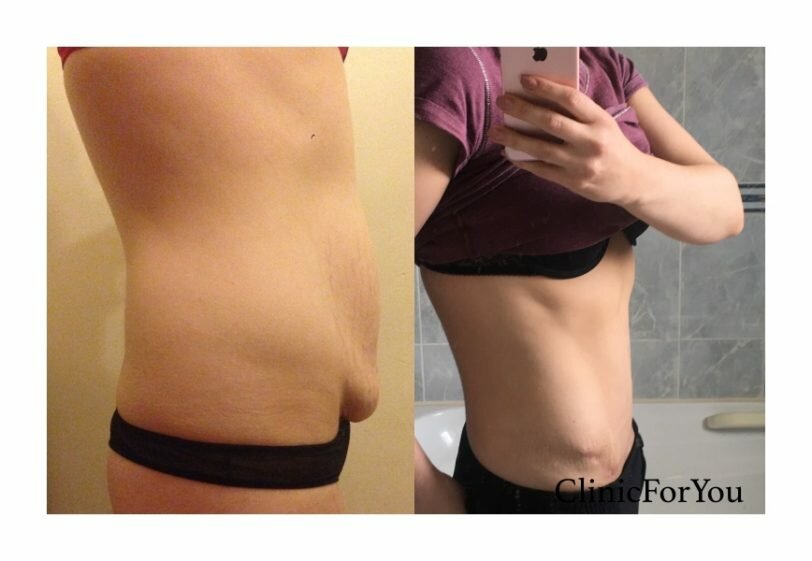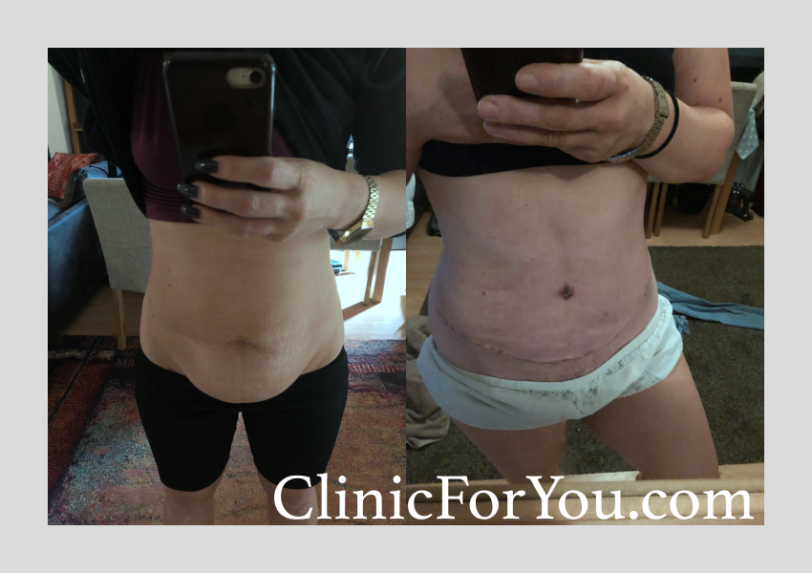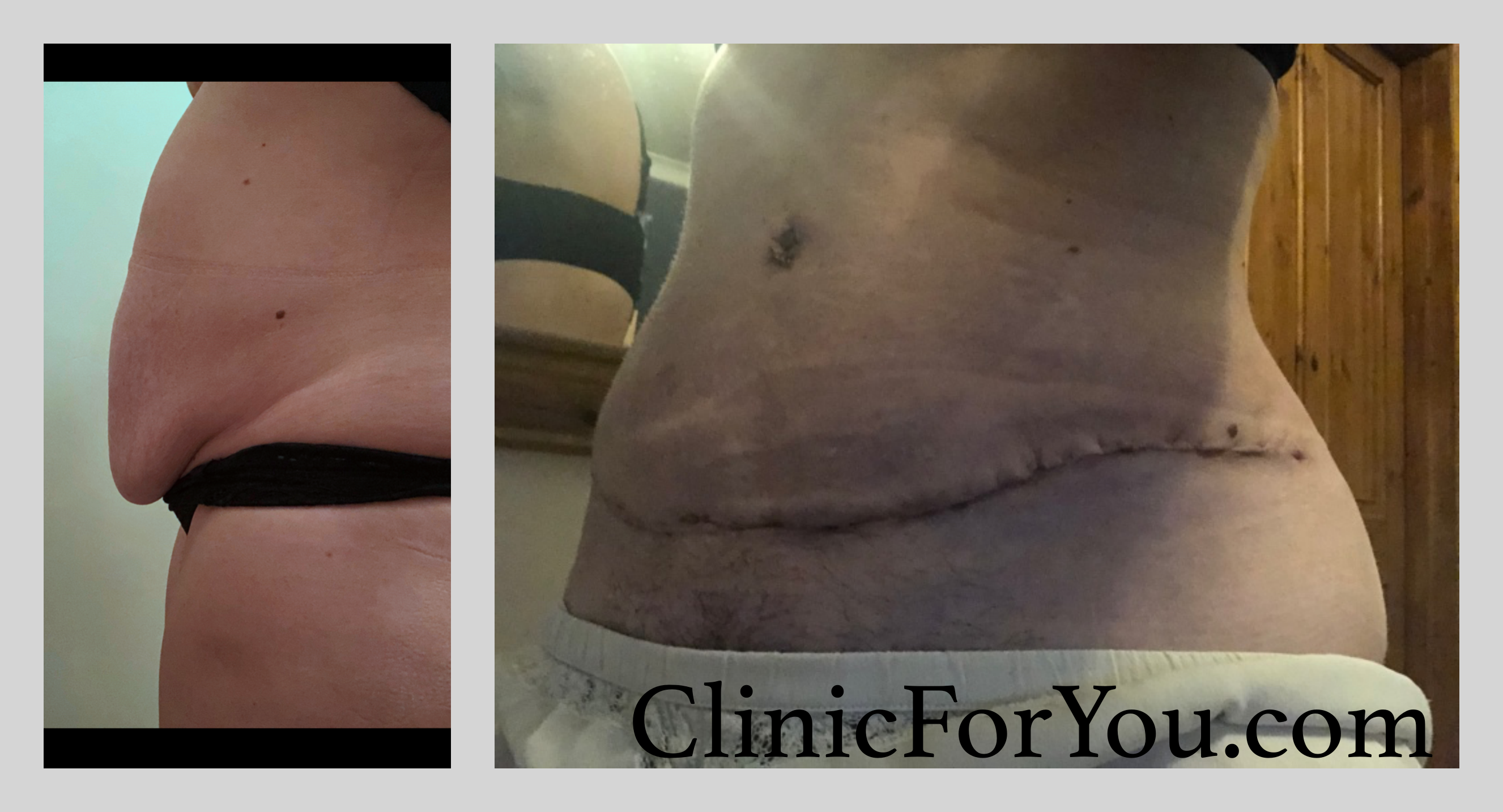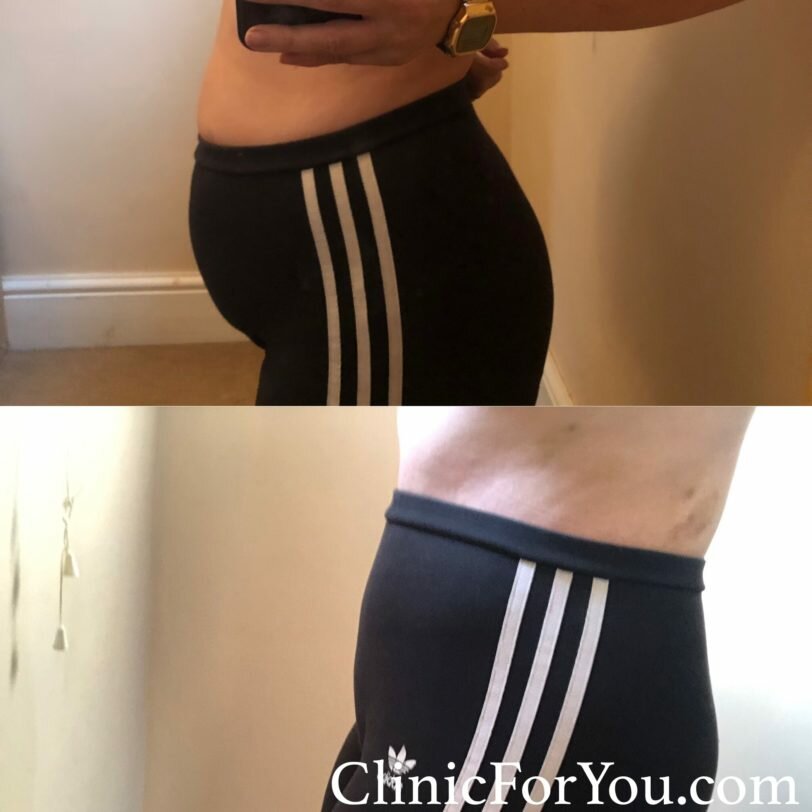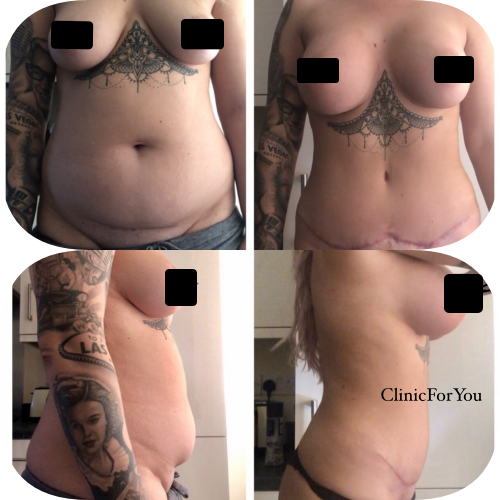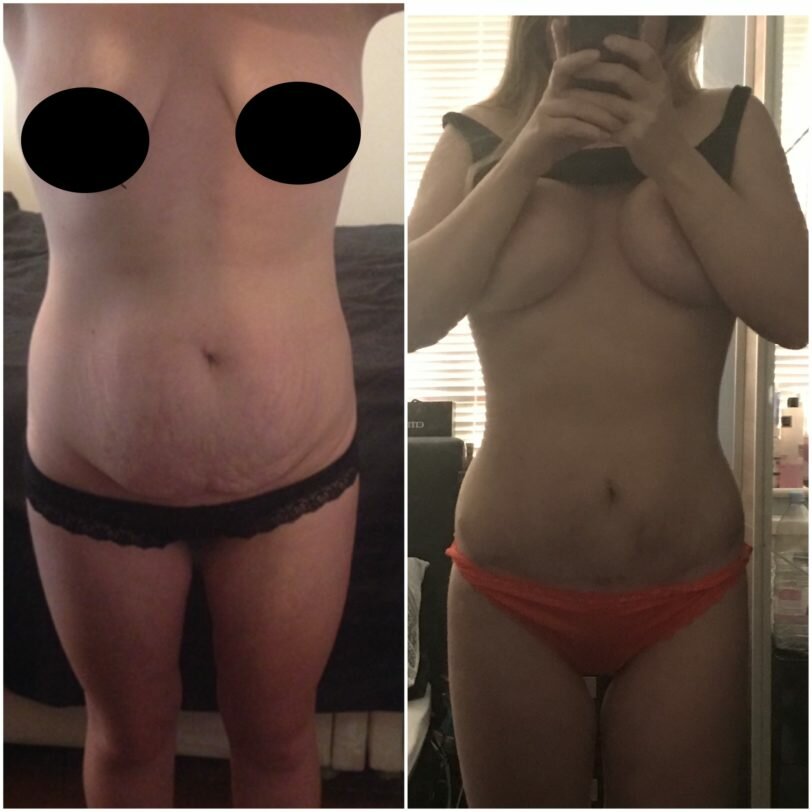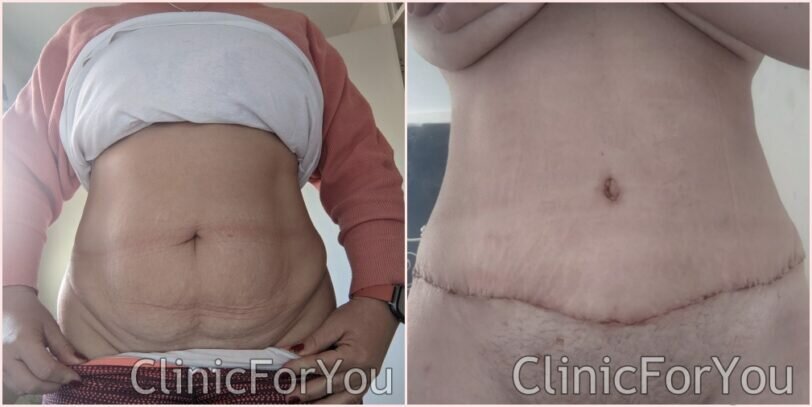Abdominoplasty, also called Tummy Tuck, is a cosmetic procedure used to make the abdomen thinner and more firm. The surgery involves the removal of excess, saggy skin and fat tissue from the middle and lower abdomen in order to tighten the muscles of the abdominal wall. This type of surgery is usually dedicated for patients who lost weigh and are struggling with excess skin or women who after pregnancy have hanging skin on the lower part of tummy.
Once the decision is made, the first step is to make an appointment with the surgeon and consult all the pros and cons regarding the procedure. Most surgeons inform you mostly of the things you should or shouldn’t do after the surgery, however, hardly ever do they provide detailed information on how to prepare for it, except for the medical issues, such as medications or anesthesia etc. What is important in this step is to ask as many detailed questions as possible in order to dispel all doubts and worries and be aware of the risk and unwanted situations.
Tummy Tuck is performed under general anesthetic. After the surgery patients are provided with a special compression garment which minimizes swelling and bruising, and supports the repaired tissues. Please, be aware that there is lots of bruising and swelling after Tummy Tuck and swelling is never symmetrical.
One of the most common problems after abdominoplasty is collection of fluids under the skin after the drains have been removed. A surgeon can aspirate the fluid with a needle. The drainage stops within a month and does not affect the final results, however it might be quite uncomfortable.
Taking into consideration that convalescence takes some time, and swelling may last for about 3-4 months you should not expect to see the final results until all the swelling decreases. Exercises, strenuous work are not recommended for about a month after the surgery. What is more, bath, swimming pool, sun exposure should be avoided for 3 weeks after the treatment.
